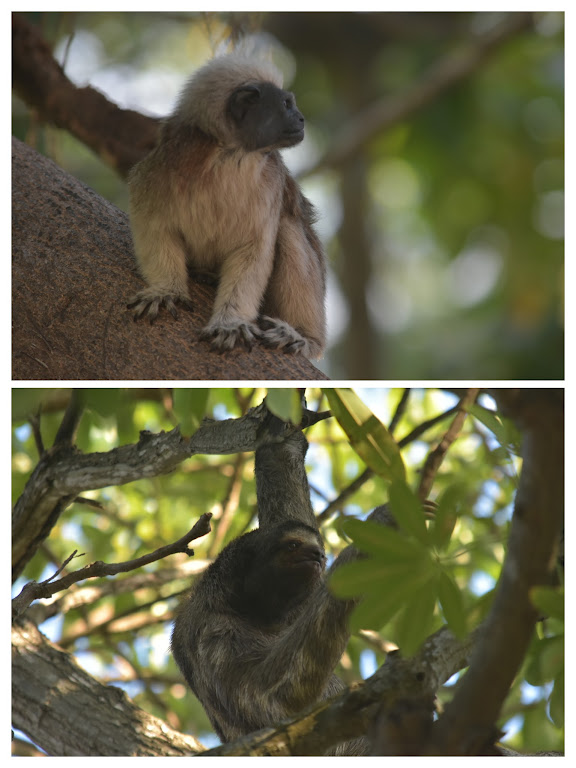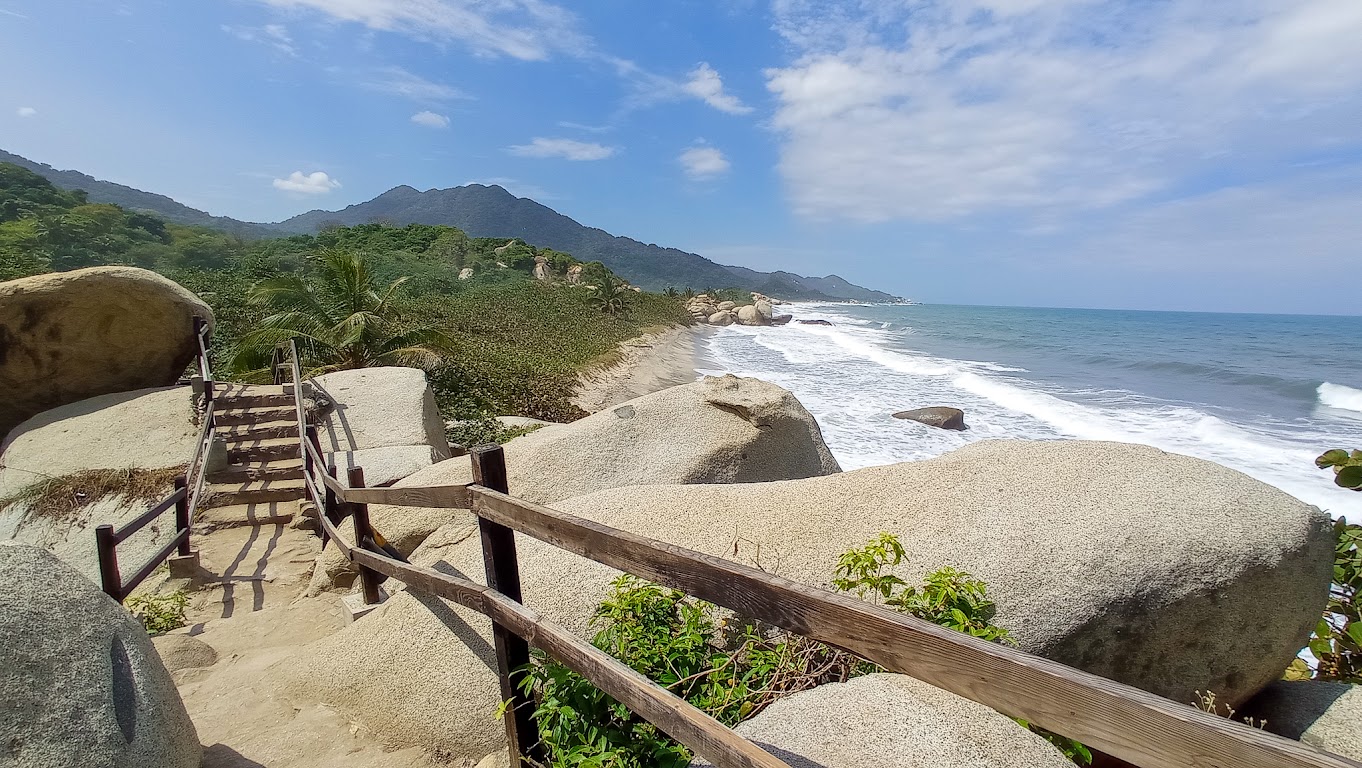Is Tayrona worth visiting for wildlife and nature? (Yes.)
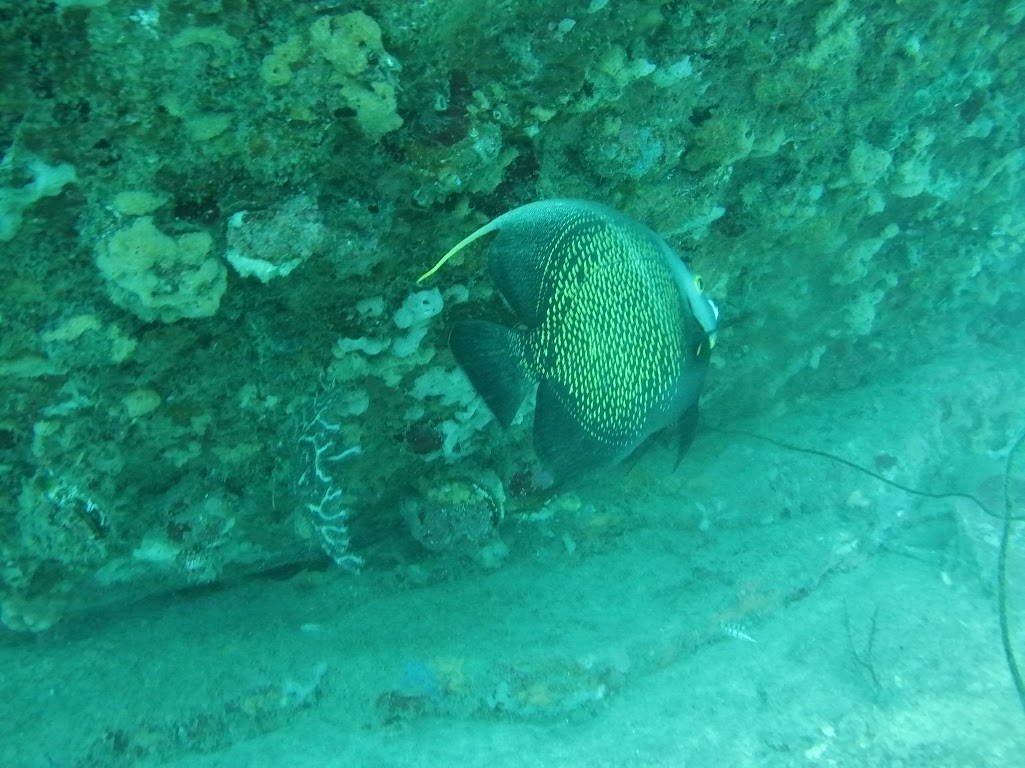
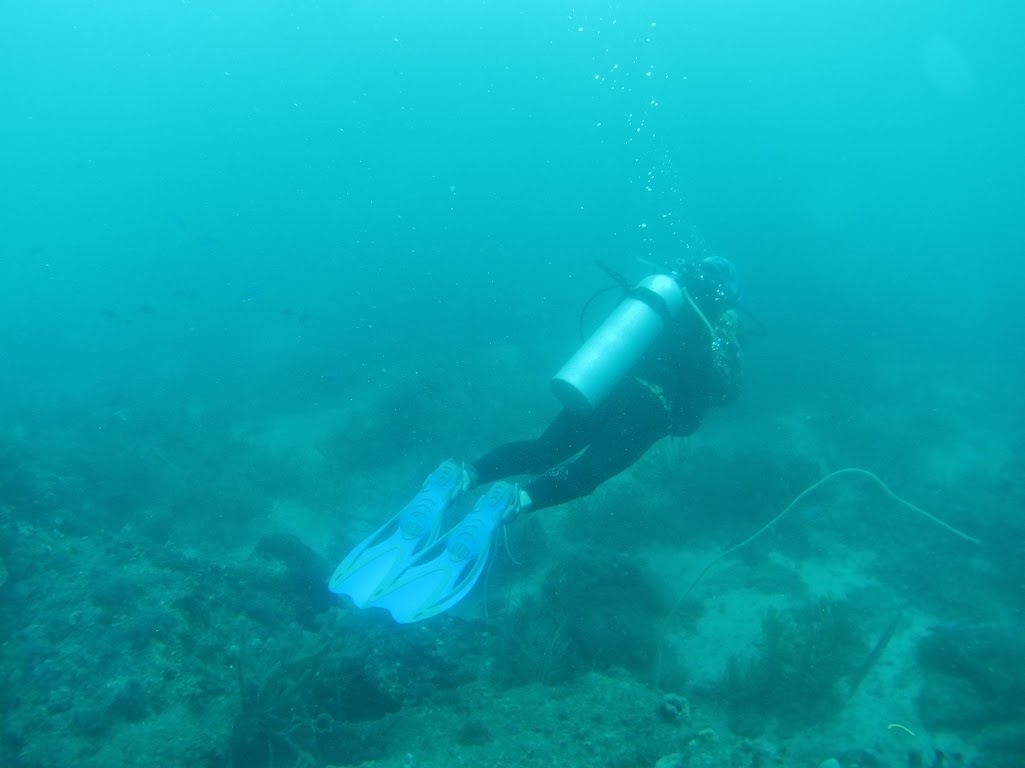
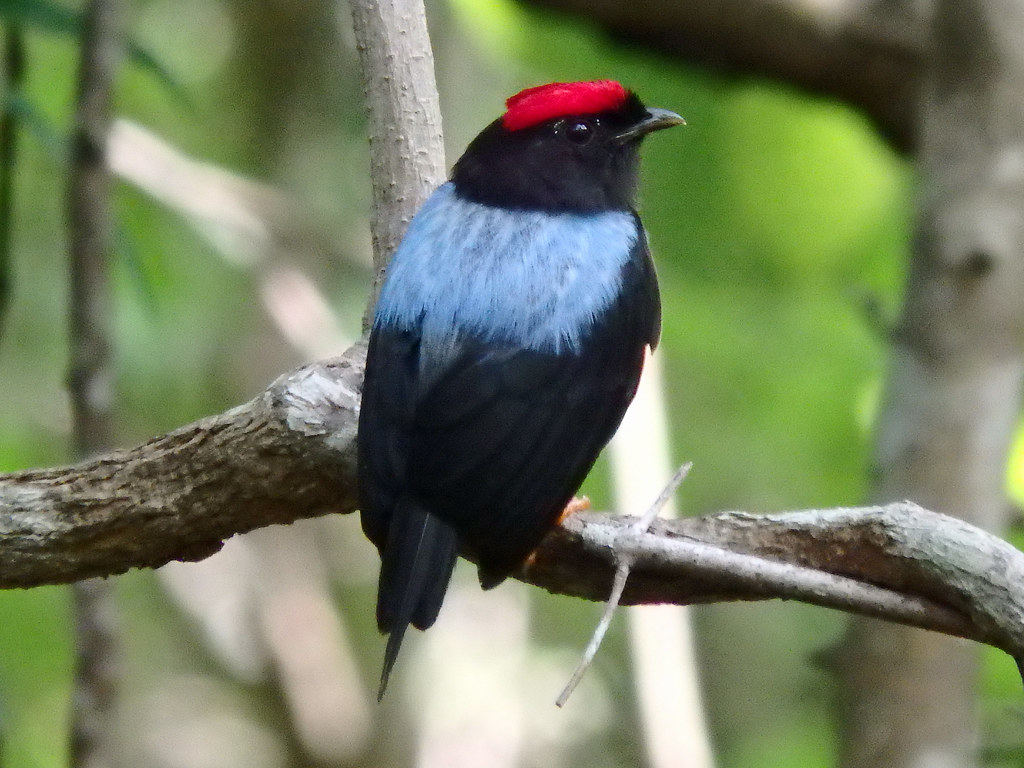
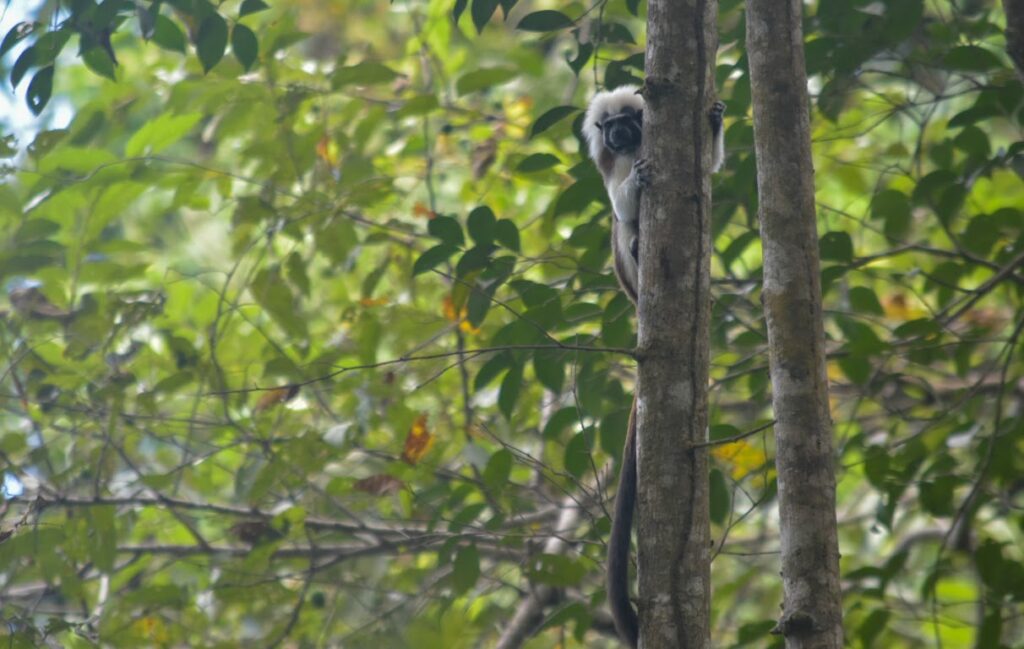

I like to think I’m my own man when I travel. I’ll go away off the beaten track and follow it closely as and when either suits me, and I’ve passed on more than a few popular attractions during my travels since I just didn’t feel like doing them. Tayrona and the FOMO were winning me over, though.
The piece de resistance of Colombian ecotourism, this 15,000-hectare park on the country’s Caribbean coast draws thousands of visitors per year, mainly to its beaches strewn by giant boulders, towering palm trees and thatched-roof cabins.
And of course, the possibility of spotting some of Colombia’s wildlife was definitely pulling me in. With its rainforests, beaches and mangroves, Tayrona is home to a collection of fascinating animals – though, I did my research before I went. I can name quite a few national parks that are popular with ecotourists and are home to various animals, yet the chance of spotting them is slim to none. Still, it appeared Tayrona was not one of them – visitors, from casual beachgoers to hardcore birdwatchers and wildlife photographers, were all saying the same thing: Tayrona is a great place to spot wildlife.
So, with that knowledge in hand, the reasoning that Tayrona had to have gotten popular for a reason and the fact that I’d be visiting after the schools had gone back (hallelujah), I decided to give it a day of my time in Caribbean Colombia.
Further reading: How to visit Tayrona National Park and not hate it
What wildlife lives in Tayrona National Park?
Monkeys


Tayrona’s forests are home to three species of monkeys, two of which can only be found in Colombia. The species visitors are most likely to see, the Santa Marta white-fronted capuchin, is considered rare and endangered due to being restricted to the Santa Marta mountain range. Despite its status, it’s quite common to see groups of these monkeys perched above the heads of visitors along the trails.
The other two species found in the area are the cotton-top tamarin and the red howler monkey. The first, another species endemic to Caribbean Colombia, gets its name from its snow-white crest that trails down to its shoulders. Red howler monkeys are likewise fittingly named with their fox-like orange fur and a call that resembles the winds of winter. In the morning, members of a troop will gather at the top of a tree and sound off, their calls echoing for up to 5 km and marking their territorial boundaries.
How and where to spot Tayrona’s monkeys
Capuchin monkeys are generally quite easy to spot since they often hang about by the paths leading to the beaches. No doubt the result of having been fed in the past, they make little effort to hide and are often active well into the heat of midday.
Finding the other two species of monkeys, the cotton-top tamarin and the red howler monkey, requires a bit more effort. Cotton-top tamarins can be somewhat inconspicuous thanks to their small size and the fact that their calls, whistles, can easily be mistaken for those of birds. Fortunately, they are also quite active, especially in the morning, and present throughout the park, so keep your eyes out for movement in the treetops.
Howler monkeys are the hardest of the three to find, and getting up early for when they’re calling is essential. Troops of this species prefer to hang out along the access road, so on your way to the beaches, it’s best to skip the van. Plus, you can save the 5000 pesos you would have spent on the van for an ice lolly from a vendor later on.
Birds

Tayrona’s forests are home to a variety of birdlife, from jacamars and hummingbirds flitting about the forest to frigatebirds soaring above the beaches. One species birders will want to keep an eye out for in particular is the lance-tailed manakin, since Tayrona is one of the easiest places in the world to see it. Birders from the United States who visit between October and April will probably see quite a few familiar species too since Colombia is a popular winter destination for migratory birds.
As with many forests in Colombia, spotting birds in Tayrona won’t be a complete walk in the park, but getting up early and keeping your eyes on the branches for movement will increase your odds of spotting them.
Caimans (not crocodiles)
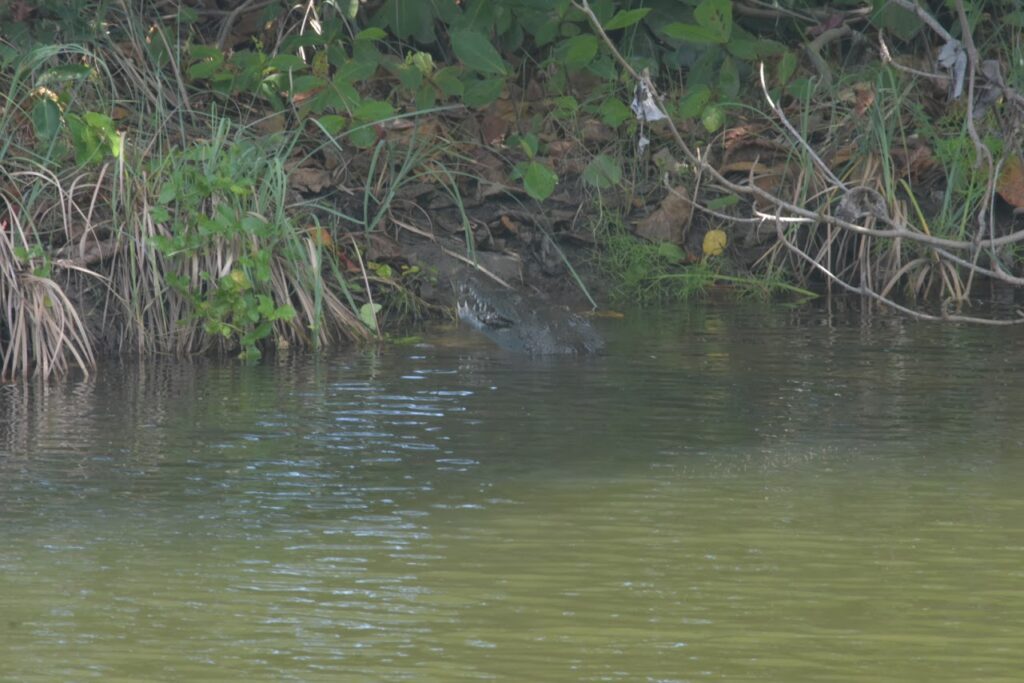
Just before you reach Arrecifes beach, you’ll likely see what looks like a river cutting through the sand – it’s actually a lagoon, by the way. Although it has a small beach and the calm water looks like the perfect spot to take a dip, signs warn you not to. In Tayrona’s lagoons live caimans, a close relative of the crocodile, and virtually identical. Don’t let this put you off swimming in the sea, though, since caimans prefer freshwater for living in and fish for eating.
If looking for them, this lagoon is the best place to do so. They may be a little inconspicuous, so scan the surface carefully and remember to keep your distance from the water’s edge.
Poison dart frogs
Equally famous for their toxicity as their bright colours, poison dart frogs can be found hopping about the leaf litter in Tayrona’s forests. Keep a particular eye out for one that’s black with yellow stripes, as this species is unique to Tayrona. During and after rain showers, when the ground is wet, is the best time to look out for them.
Jaguars
While the odds of spotting one of Tayrona’s small population of jaguars is slim to none, they’re worth mentioning since they have a tendency to crop up on visitor’s guides – not only to reassure visitors of the low chances of being attacked, but also to heighten the park’s wilderness aspect and the key role this place plays in Colombian wildlife conservation.
Marine life in Tayrona


One of the most pristine stretches of Caribbean coastline, it’s small wonder that life in the waters off Tayrona is just as rich as that on land. Dive shops in Taganga and Santa Marta run daily trips to the park’s waters, mainly the western end where several reefs and shipwrecks lie beneath the waves. These are home to angelfish, seahorses and giant pufferfish. Lucky visitors might even see sea turtles swimming about, and when hiking the trails you’ll likely come across one beach that’s been closed off to visitors due to the presence of turtle eggs in the sand.
Scenery in Tayrona
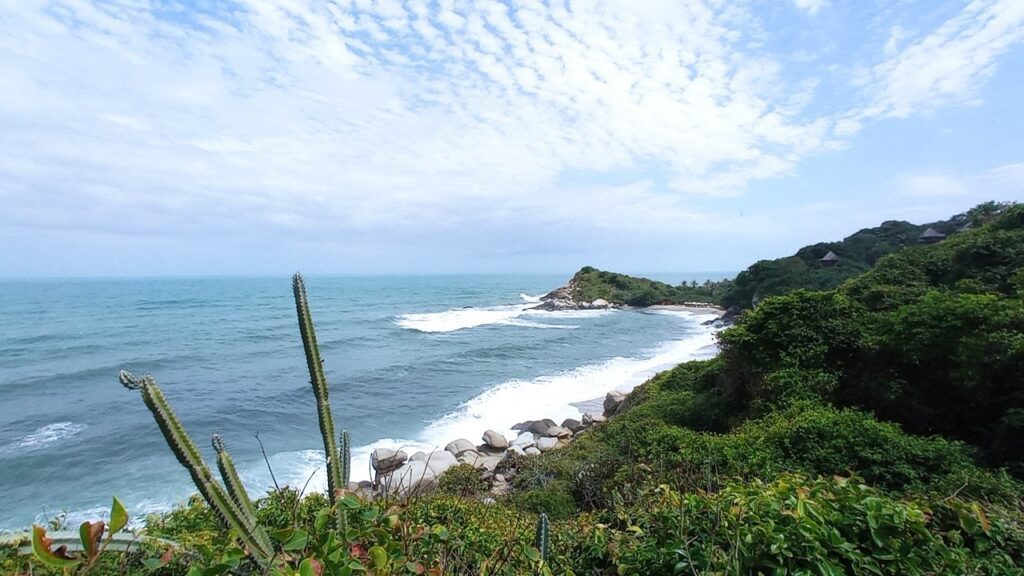
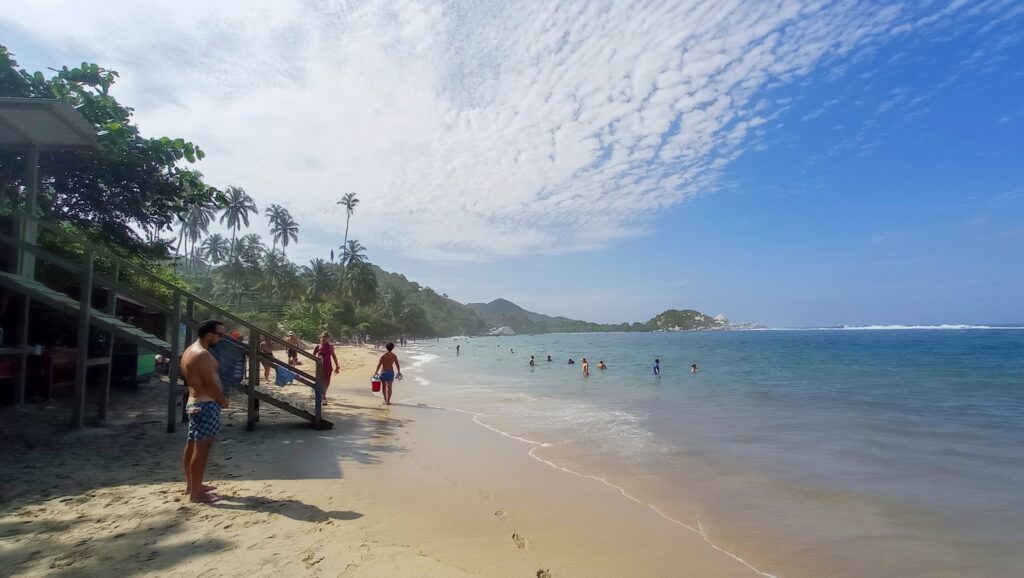

As well as the wildlife, another reason nature lovers will love Tayrona is the beautiful scenery. While the gentle hills won’t exactly drop your jaw (don’t worry though, Minca and the Santa Marta Mountains aren’t far away), what Tayrona offers instead is the Caribbean at its wildest, a snapshot of what this land looked like before the ports and resorts sprang up. White-sand beaches interrupted every now and then by gigantic boulders, rounded after a few millennia of lounging in the sea breeze; steamy jungles where the sun’s rays flash like a disco ball as you stroll down the boardwalk; and groves of giant palm trees, their leaves and coconuts the brightest shade of green, all await the park’s visitors, whether they’re there for the nature or for the beaches.
Tayrona tips for nature lovers
-Visit early in the morning when animals are more active and other visitors aren’t.
-Walk the entrance road to stand a better chance of spotting monkeys and birds – not only are they more likely to hang out here, but they’ll also be more visible since the forest cover is a little less thick by the road.
Enjoyed this post? Nice one! (+ How to thank me)
If there’s anything I’ve missed please feel free to contact me or let me know in the comments below. Likewise if you’d like to thank me, and if you want to do so in another way then please consider making some of your trip’s bookings through the following links. By doing so I’ll earn a small commission, and it won’t cost you a penny more!
Hostelworld.com – has a wide array of options in Cartagena, from trendy hostels to old town guesthouses.
Busbud.com – This site makes booking bus tickets in Colombia nice and easy since it’s all in English, plus the buses they feature are generally large, comfortable coaches.
Photo credits: “Lance-tailed Manakin” by Greg Kanies is licensed under CC BY-SA 2.0.



